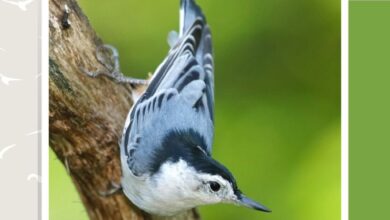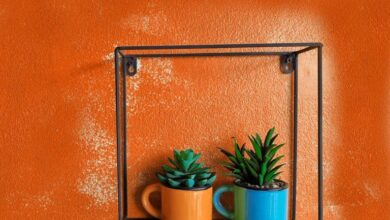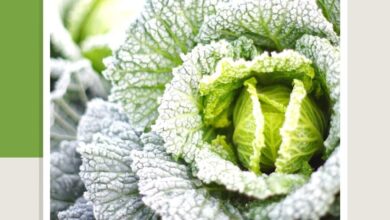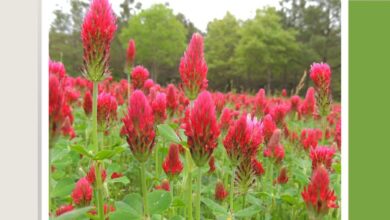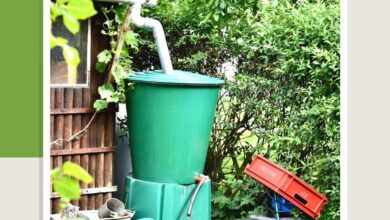Few Like It Cold
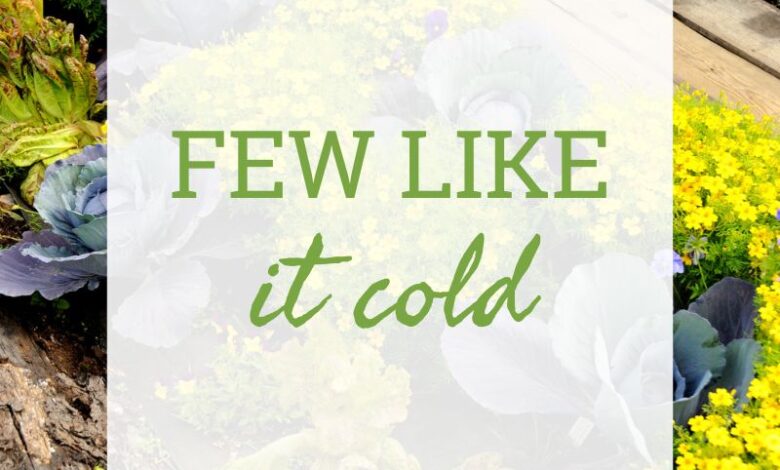
[ad_1]
Plants grow in cold weather. I should know, growing up in central Alaska where temperatures regularly tumbled to -60 and even -70 degrees F. (-51 to -57 C.) during the coldest months. However, that doesn’t mean they liked it, but they did what it took to survive.
Now I live in warmer climes and have different kinds of plants in my backyard. Still, I remember what native Alaska plants did to survive and apply some of the same methods to my current garden plants to help them make it through the night.
Coldest Place on Earth
Okay, let me say right up front that central Alaska is not the coldest place on earth. Although, it sure felt like it when I was a child growing up there.
When winter came, it was not a short-term guest, but moved into the neighborhood in September to stay through April, bringing icicles, snow, and icy winds. When the temperature dropped below 70 degrees below zero (-57 C.), we kids got to stay home from school, since just breathing in the air could freeze your lungs. It was no wonder that a variety of animals – including bears – hibernated for the winter, crawling into a den, and staying there until spring.
Plants in the Cold
What about plants? We had plants in central Alaska, a surprising number of plants survived the cold. There were evergreen trees – like the spruce that grew everywhere in my dad’s homestead. As well as a few deciduous trees too, like birch and aspen.
All these trees stayed short since the ground was permanently frozen just below the top layer of soil. That means their roots couldn’t go down far enough to serve as an anchor for a taller tree.
That wasn’t all though. There were wild blueberries on the mountain slopes, blackberries and wild roses along the roadside, lupine, and bluebells. Somehow, each of these plants adapted to the weather and survived.
Lessons from Alaska
Although I moved from Alaska, I took with me the experience of watching plants live through incredibly cold winters with me. The most important lesson I learned was that appropriate plant selection is the key to a garden full of survivors.
The hardiness zone rankings offered by the USDA (among others) is an invaluable aid. I almost always check a plant’s hardiness zone before installing it in my garden in France.
Why do I say, “almost always?” It is because there is one circumstance that makes checking the zones unnecessary. That is when you select native plants. For example, I planted trees on much of my land in France without even looking at hardiness zones because I was planting seeds or cuttings from local trees. I planted acorns from my oaks and beeches, chestnuts from local chestnut trees, and rooted cuttings from the “platanes” (plane trees) lining the road to town.
Planting native is one way to make sure your shrubs and trees make it through the cold. These plants already know how. When I brought in plants that were not native to the area, I always checked the hardiness zones. For example, I planted red oaks in France too, although they are not native to the region and are, in fact, termed “American oaks” by the French. They thrived.
Keeping Roses Warm
What about non-native, less cold hardy plants you simply cannot resist? I must admit to falling in love with certain plants that are not native, and, in fact, much prefer warmer winter weather than Basque Country provides.
I have had some success with erecting small “greenhouses” to keep these plants safe. While a large greenhouse would be great and probably work well, they are quite expensive, and my small selection of warm-weather plants just doesn’t justify the cost.
Instead, I wrap the roses and other shrubs in either fleece material or else burlap sacks. I add insulation by stuffing the covering with dried oak leaves that cover the ground in autumn. Staking helps to keep the covering in place.
[ad_2]
Source link


